There very guarantees life. unless service entirely irrelevant the recipient, sample works, when send after first second follow-up email. 9. Polite Follow-up email a trigger event
 4. Polite follow-up email sample a request. start a polite follow-up email sample make sound a pro. sample a basic - effective - to follow up. use structure set previously leave reader no doubt what want, when, why.
4. Polite follow-up email sample a request. start a polite follow-up email sample make sound a pro. sample a basic - effective - to follow up. use structure set previously leave reader no doubt what want, when, why.
![Free Examples of Follow up Reminder Emails [2024 Update] Free Examples of Follow up Reminder Emails [2024 Update]](https://www.rightinbox.com/wp-content/uploads/polite-follow-up-email.png) Learn to write effective polite follow up emails get response. examples different scenarios tips avoid common mistakes.
Learn to write effective polite follow up emails get response. examples different scenarios tips avoid common mistakes.
 Take look these polite follow-up email samples. Good Follow-up Email: Template 1. Dear {recipient}, It's a while. hope didn't my previous email! . Sample Follow-up Email Indicating Better Offer. Dear {recipient}, hope you're well. last time spoke {place time}, had feedback my offer.
Take look these polite follow-up email samples. Good Follow-up Email: Template 1. Dear {recipient}, It's a while. hope didn't my previous email! . Sample Follow-up Email Indicating Better Offer. Dear {recipient}, hope you're well. last time spoke {place time}, had feedback my offer.
 Polite Follow-Up Email Examples. you're navigating job applications, managing sales inquiries, fostering invaluable networking connections, example here illustrates politeness effective messaging, ensuring communication stands out. a look. 1. Gentle Reminder
Polite Follow-Up Email Examples. you're navigating job applications, managing sales inquiries, fostering invaluable networking connections, example here illustrates politeness effective messaging, ensuring communication stands out. a look. 1. Gentle Reminder
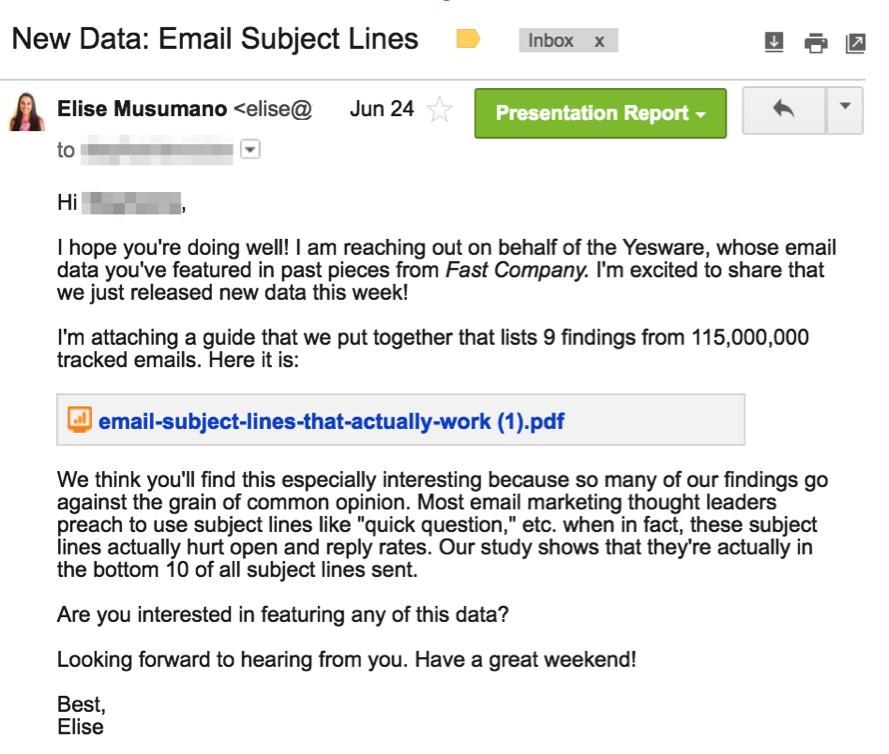 When comes closing sales prospects, may up five more follow-ups, maintain polite conversation avoid annoying potential customers. Follow-up email sample template. Here's gentle follow-up email sample requesting meeting a potential client recently met an event:
When comes closing sales prospects, may up five more follow-ups, maintain polite conversation avoid annoying potential customers. Follow-up email sample template. Here's gentle follow-up email sample requesting meeting a potential client recently met an event:
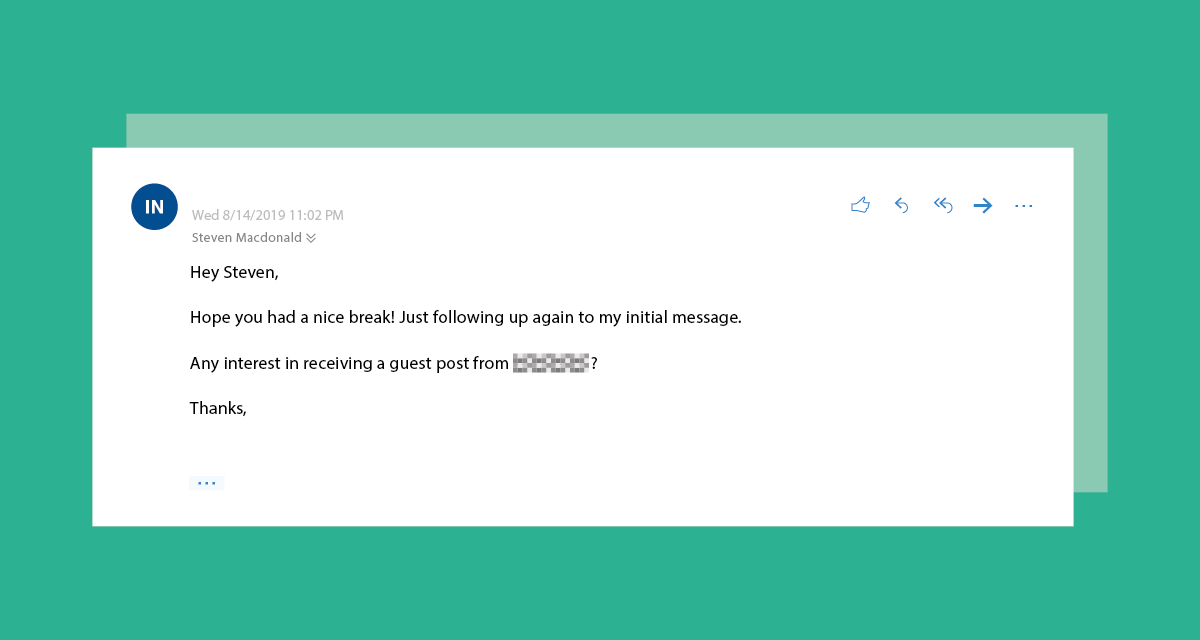 The sample email provided help you started crafting own polite follow-up message. polite follow-up emails provide way you stay top-of-mind your prospects, remind customers the benefits get your product, show you're interested helping meet needs.
The sample email provided help you started crafting own polite follow-up message. polite follow-up emails provide way you stay top-of-mind your prospects, remind customers the benefits get your product, show you're interested helping meet needs.
 This follow-up email sample a reminder what discussed previously, offers new content, asks set a time talk further. . following on email, polite respectful. by acknowledging recipient be busy, clearly state reason following and it relates your previous email.
This follow-up email sample a reminder what discussed previously, offers new content, asks set a time talk further. . following on email, polite respectful. by acknowledging recipient be busy, clearly state reason following and it relates your previous email.
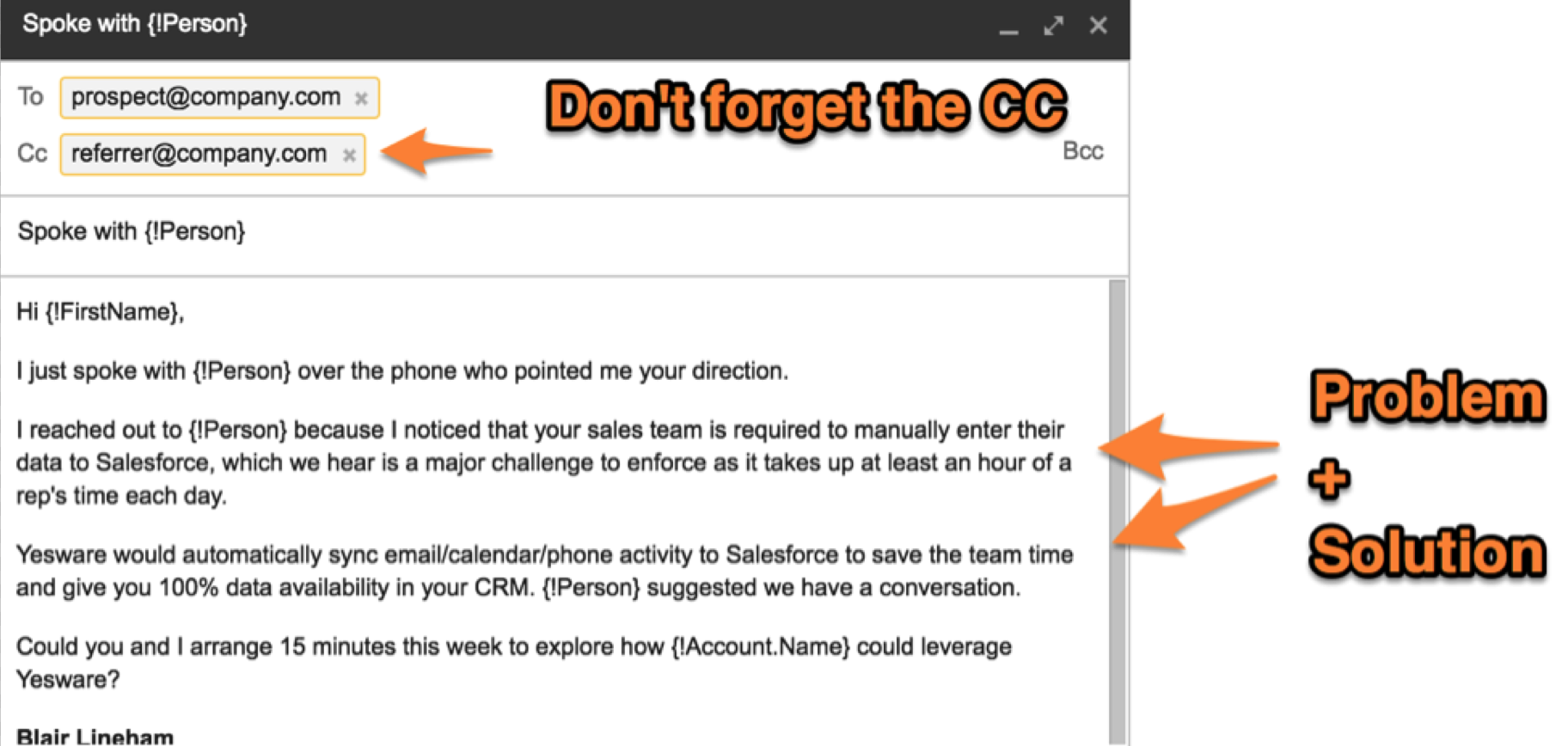 Sending message a meeting part building solid relationship. quick, polite note you're ready the step. Subject: up our meeting. . Follow Up Email Send a Demo #19: Deliver Demo. There's reason people quote adage, "seeing believing." .
Sending message a meeting part building solid relationship. quick, polite note you're ready the step. Subject: up our meeting. . Follow Up Email Send a Demo #19: Deliver Demo. There's reason people quote adage, "seeing believing." .
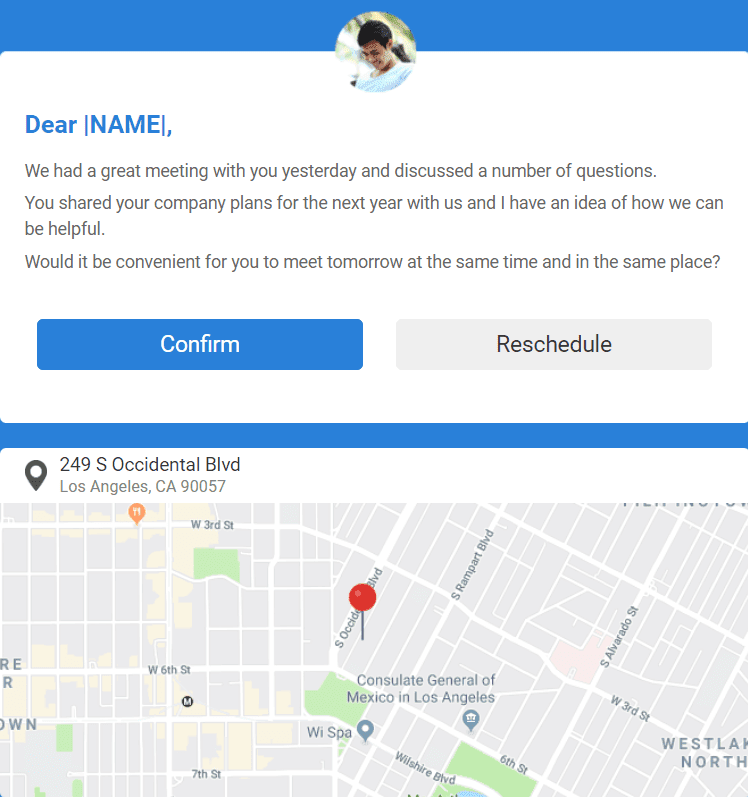 Polite follow-up email samples. are polite follow-up email samples different situations, with hints ideas you use composing email. Scenario 1: up a meeting. meet many people day it easy forget is who, it be great include intro triggers .
Polite follow-up email samples. are polite follow-up email samples different situations, with hints ideas you use composing email. Scenario 1: up a meeting. meet many people day it easy forget is who, it be great include intro triggers .
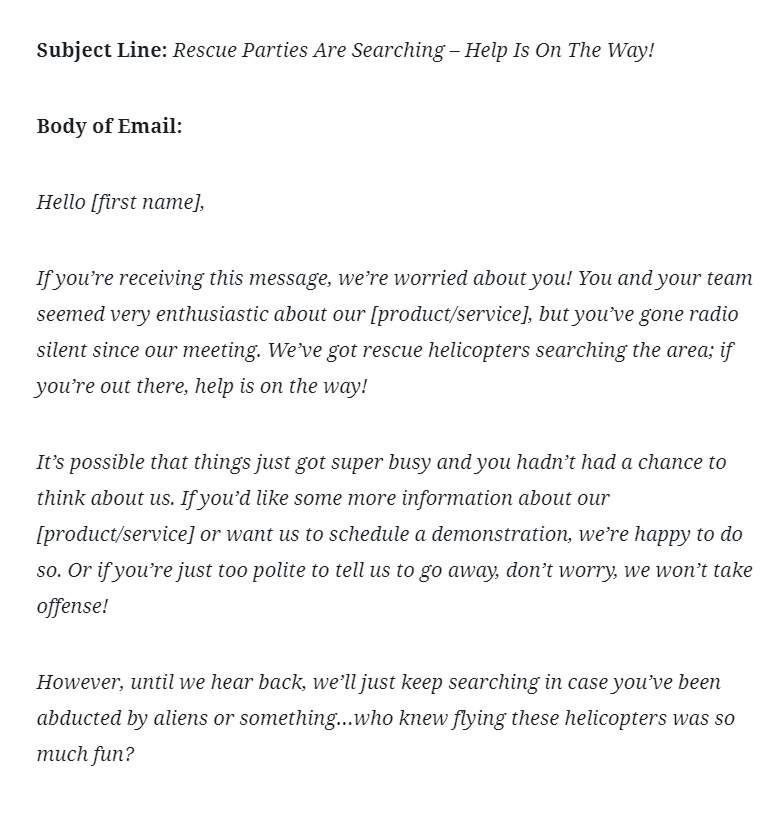 Examples of Follow-up Emails for Best Results - FollowUpFred
Examples of Follow-up Emails for Best Results - FollowUpFred

